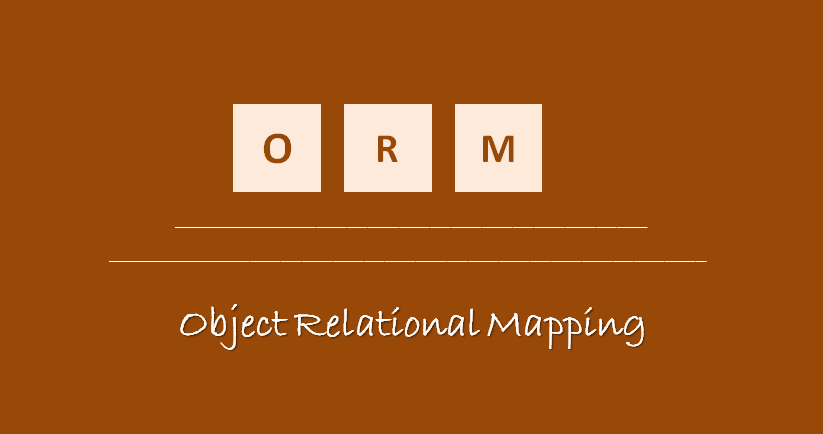ORM refers to Object Relational Mapping which is a technical method that is used to connect programming code and relational databases. For this purpose it uses Metadata descriptors. In other words it works like a bridge between OOP code and database streamlining the interaction between OOP languages and relational databases. With the help of Object Relational Mapping, we can perform crud(create, read, update, delete) operations directly without writing SQL code. In ORM, instead of dealing with a database table and queries developers can work with classes and objects because it provides a great level of abstraction and encapsulation.
How Does ORM Work?
Object Relational Mapping uses object representation for object-oriented programming languages like Python, Java, or C#. A framework that uses Object Relational Mapping, maps the relationships between objects and different tables (data) in a relational database. In which the class corresponds to a table and the object represents a row in that table in the database. These frameworks provide methods to interact with the database to perform CRUD operations using objects and then translate this into the necessary SQL operations. Also these frameworks offer a high-level, logical representation of the program, enhancing code readability and maintainability. Also, it works on loading related data on-demand or loading it all at once for optimization.
ORM Tools
ORM Tool is a software framework, designed to help the developers to connect OOP code and relational database. Different ORM tools have different methods but the general purpose is the same.
Here is an example of an SQL query to get the data from the database.
"SELECT id, name, FROM users_data WHERE id = 50"Using the above code we will get the ‘name’ of the id = 50 of the “users_data” database table but with the help of the ORM tool, we can use the above code in such simple way.
users_data.GetById(50)Every language has atleast one or more ORM tools that you can use, lets see them on the basis of their languages-
Java
- Hibernate
- Apache OpenJPA
- EclipseLink:
- jOOQ
- Oracle TopLink
Python
- Django
- Web2py
- SQLObject
- SQLAlchemy
PHP
- Laravel
- CakePHP
- Qcodo
- RedBeanPHP
.NET
- Entity Framework:
- NHibernate
- Dapper
- Base One Foundation Component Library (BFC)
The benefits of ORM
- It works on object-oriented programming mechanisms.
- ORM works on encapsulates database logic which makes it easier to accept changes.
- It reduces boilerplates and increases the speed of development.
- It offers database independence which means you can switch different databases (e.g., MySQL, PostgreSQL, SQLite) as long as the it supports those databases.
Negative aspects of ORM
- Sometimes it introduces carelessness in complex queries or large datasets.
- Developers who are familiar with SQL take more time to learn and masters.
- It is challenging for ORM to map complex data structures and their relationships.
- The queries generated automatically by ORM tools may not optimized.
